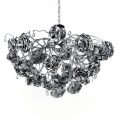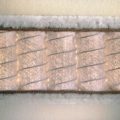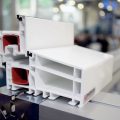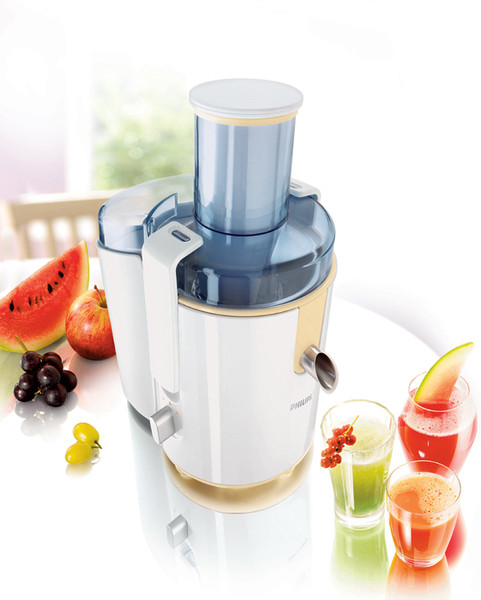 How to choose a juicer
How to choose a juicer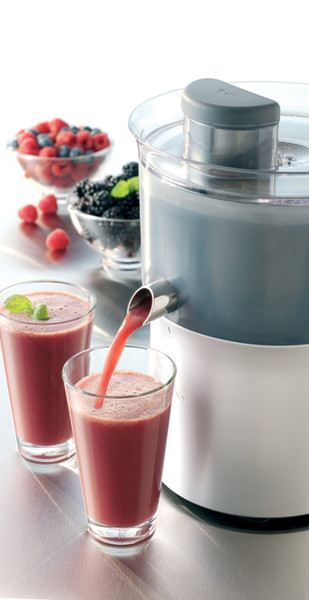
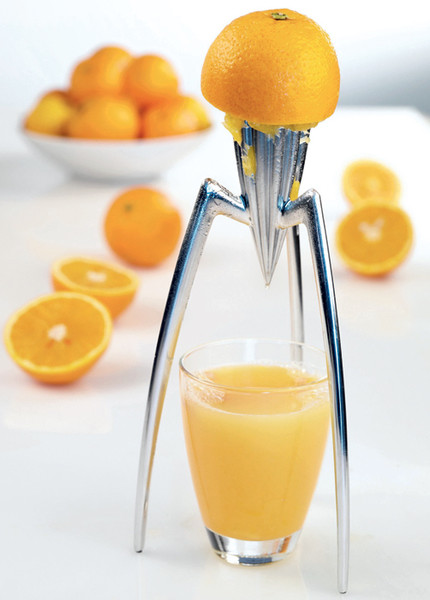
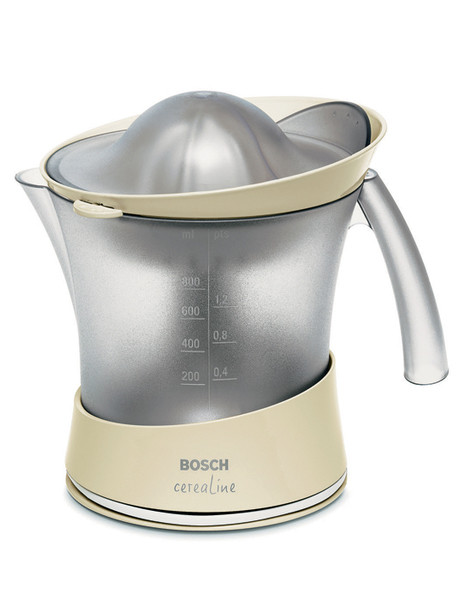 Photo 1.Centrifugal juicer with conical separator HR 1858 (Philips), 2500 rub. Photo 2. Juicer with cylindrical separator will allow you to extract maximum juice from fruits. Model JE900 (Kenwood), 5690 rub. Photo 3. Such juicers are not only convenient, but can also serve as a decoration for the dining table. Photo 4. Citrus press JU'CUP 9911 BK (Bork), 9900 rub. Hardly any other household kitchen appliance can boast such a solid pedigree as juicers. Primitive devices for squeezing juice appeared with the development of winemaking - it is difficult to say exactly when. However, wine presses were already widespread in ancient Greece. Until the beginning of the 20th century, the juicer-press remained an exclusively agricultural tool. It was used to process ripe fruits, from which wine, cider and other drinks were subsequently prepared. And to this day, juicers are actively used by our fellow citizens during seasonal preparations. For wholesale processing of large volumes of fruits, powerful and highly productive models are needed. Another type of device is intended for daily preparation of small portions of freshly squeezed juice - as a rule, this is compact equipment that takes up a minimum of space in the kitchen. Among the brands of household juicers on the Russian market there are such as Ariete, De’Longhi (Italy), Binatone, Kenwood (Great Britain), Bork, Bosch, Braun, Clatronic (Germany), Moulinex, Tefal (France), Panasonic (Japan), Philips (Netherlands), UNIT, Vitek (Austria). Among the brands of universal equipment, which is used not only at home, but also by professionals, we can name DIHR, Vema (Italy), Omega (USA), Rotel (Switzerland).
Photo 1.Centrifugal juicer with conical separator HR 1858 (Philips), 2500 rub. Photo 2. Juicer with cylindrical separator will allow you to extract maximum juice from fruits. Model JE900 (Kenwood), 5690 rub. Photo 3. Such juicers are not only convenient, but can also serve as a decoration for the dining table. Photo 4. Citrus press JU'CUP 9911 BK (Bork), 9900 rub. Hardly any other household kitchen appliance can boast such a solid pedigree as juicers. Primitive devices for squeezing juice appeared with the development of winemaking - it is difficult to say exactly when. However, wine presses were already widespread in ancient Greece. Until the beginning of the 20th century, the juicer-press remained an exclusively agricultural tool. It was used to process ripe fruits, from which wine, cider and other drinks were subsequently prepared. And to this day, juicers are actively used by our fellow citizens during seasonal preparations. For wholesale processing of large volumes of fruits, powerful and highly productive models are needed. Another type of device is intended for daily preparation of small portions of freshly squeezed juice - as a rule, this is compact equipment that takes up a minimum of space in the kitchen. Among the brands of household juicers on the Russian market there are such as Ariete, De’Longhi (Italy), Binatone, Kenwood (Great Britain), Bork, Bosch, Braun, Clatronic (Germany), Moulinex, Tefal (France), Panasonic (Japan), Philips (Netherlands), UNIT, Vitek (Austria). Among the brands of universal equipment, which is used not only at home, but also by professionals, we can name DIHR, Vema (Italy), Omega (USA), Rotel (Switzerland).
A press for every fruit
Depending on the operating principle and type of fruit,for which household juicers are intended, these devices can be divided into several classes. The most widespread are the so-called centrifugal models. In them, the fruit pulp is pre-crushed to a mushy state, and then squeezed in a centrifuge, much like laundry in a washing machine. These devices cope well with squeezing juice from a wide variety of fruits. There are relatively few exceptions. Thus, the pulp of bananas or other fruits with a high starch content can be a tough nut to crack for centrifugal juicers. Some manufacturers recommend using a food processor or blender to process them. Problematic Berries with a large number of small seeds (raspberries, currants) that clog the centrifuge holes are also considered. A crushing press is more suitable for these products. It was not possible to find household devices of this kind with an electric drive on sale. Therefore, lovers of currant juice can be recommended food processors that have a berry press, for example, the Bosch MCM 5180, Moulinex DFC64E models. Sometimes a berry press is not included in the basic package of kitchen appliances, but it can be purchased separately. Similar attachments are additionally offered, for example, to the Artisan series mixers of KitchenAid (USA). Their own juicers-presses also exist for obtaining juice from citrus fruits (the so-called citrus presses). The working element in them is a rotating ribbed nozzle of a hemispherical or conical shape. To prepare juice, you need to press half an orange, lemon or other fruit to this nozzle and turn on the device. If you put a plastic bag in the pulp container, then the container will not have to be washed again. How much does a juicer cost? Centrifugal models "no frills" BB; can be purchased for an amount from 700,800 to 1,500,2000 rubles. Prestigious equipment with a powerful engine, metal body and interesting design is more expensive from two or three to 10,15 thousand. rub. The situation is similar with citrus presses. Basically, they are in the price range from 400-500 to 1000-1200 rubles, and only a few exclusive models are offered for 1500-2500 rubles (the Bork JU CUP 9911 BK model stands out, costing 9800 rubles).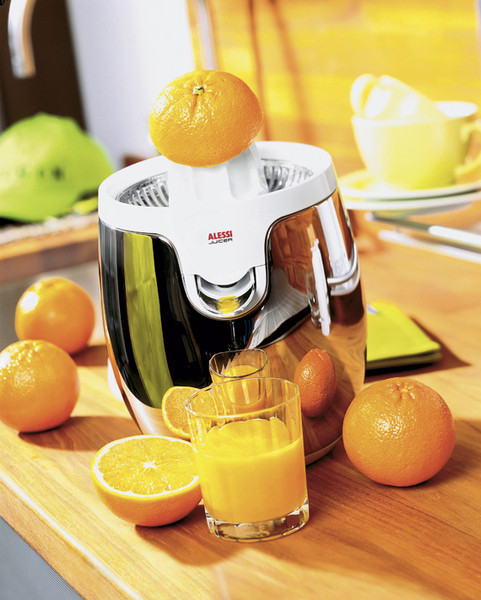
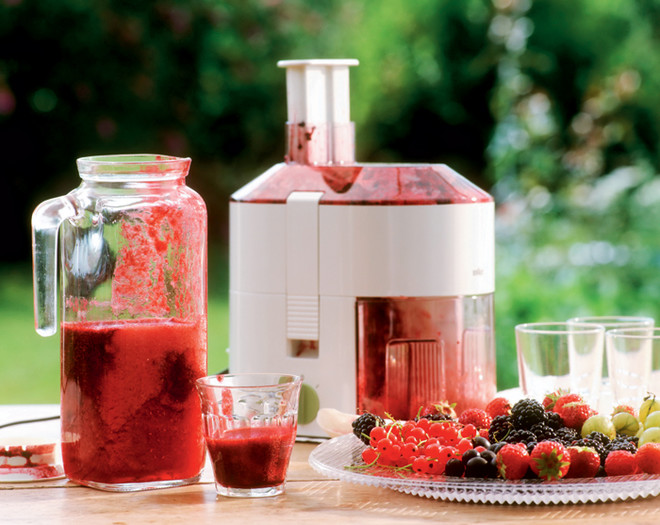
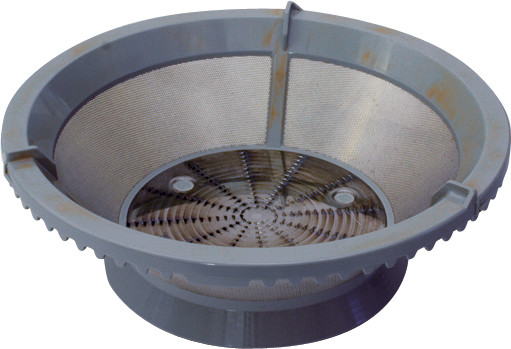
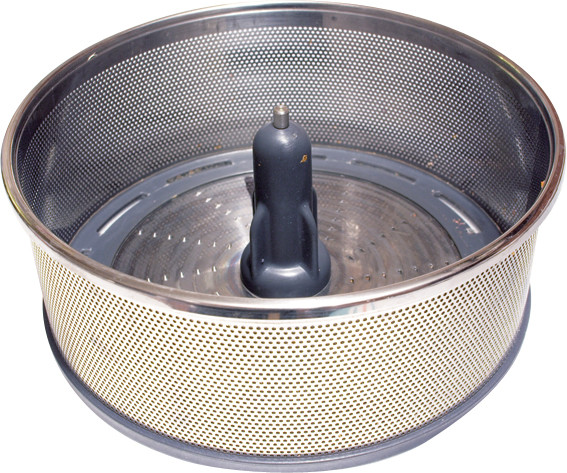 Picture 1. Juicers for citrus are specifically designed to produce juice from oranges, lemons, grapefruits. Photo 2. Fresh juices with pulp and without added sugar are especially useful. Photo 3.4. By design, the centrifuge nozzles can have a conical (3) and cylindrical (4) shape
Picture 1. Juicers for citrus are specifically designed to produce juice from oranges, lemons, grapefruits. Photo 2. Fresh juices with pulp and without added sugar are especially useful. Photo 3.4. By design, the centrifuge nozzles can have a conical (3) and cylindrical (4) shape




